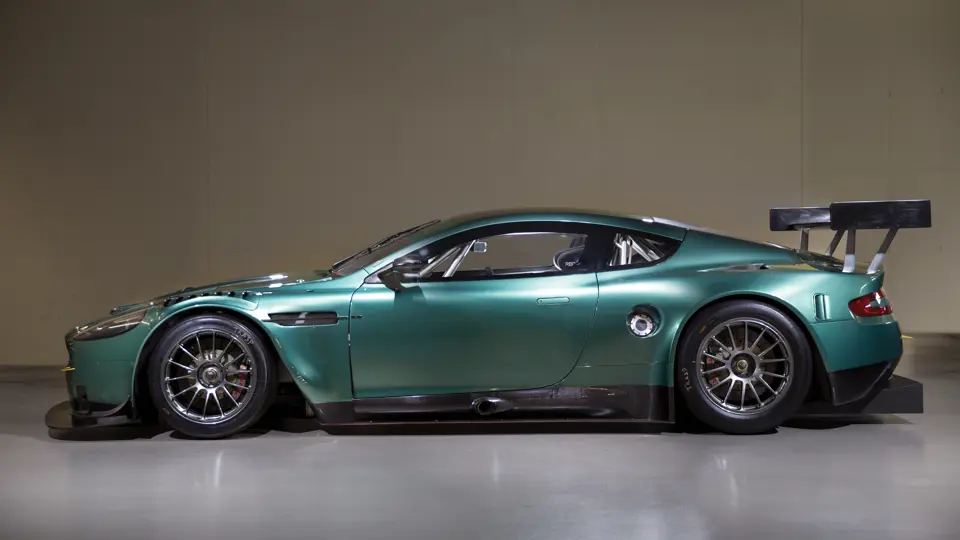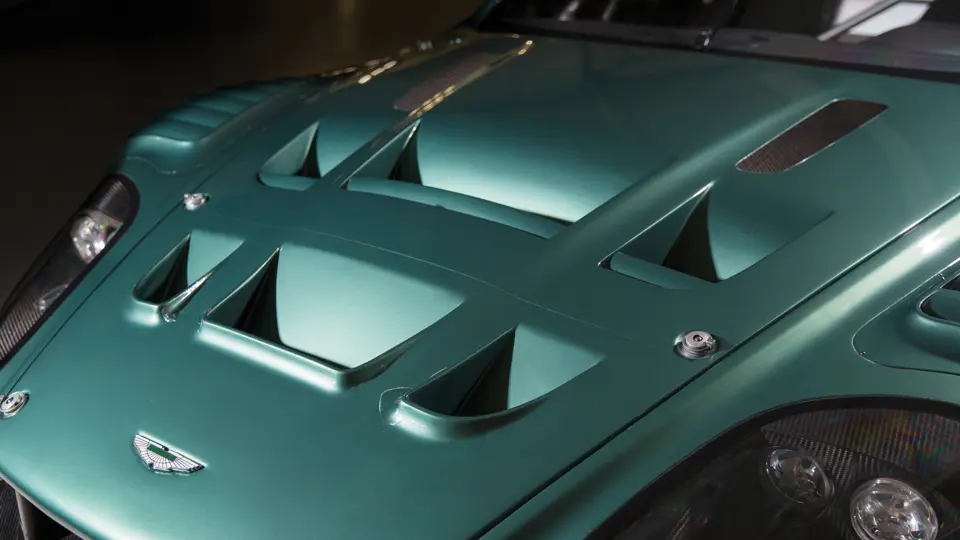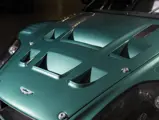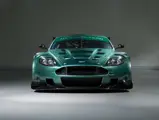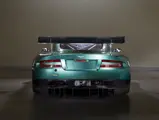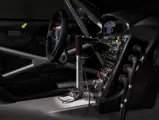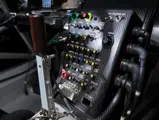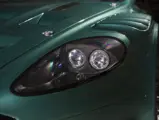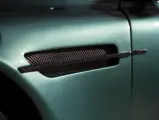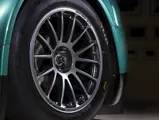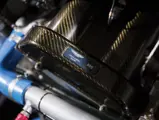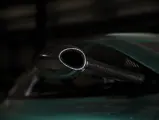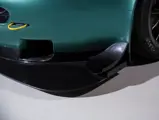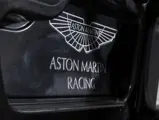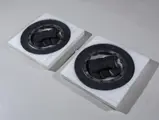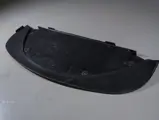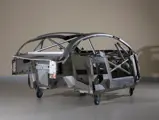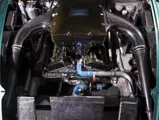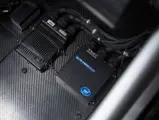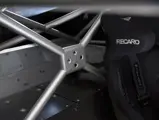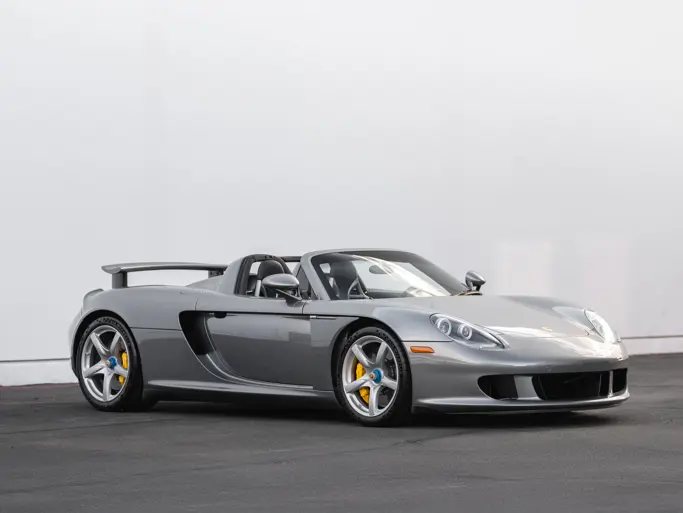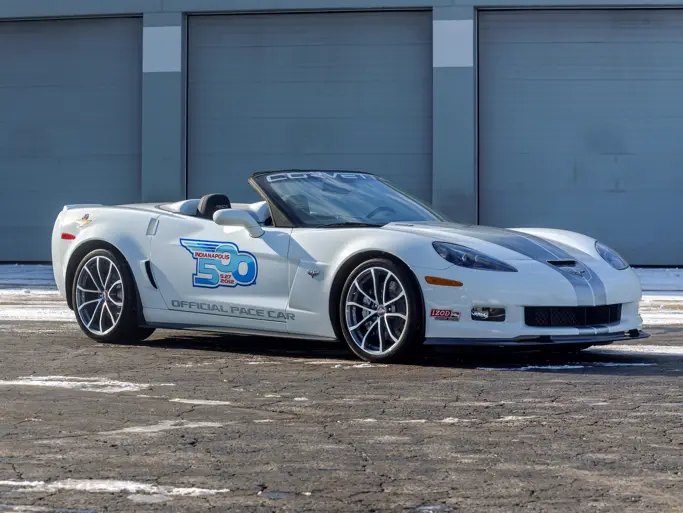Born of the burgeoning production-based GT category in Europe and America, and marking Aston Martin’s first return to international racing since 1989 with the Group C AMR1, the DBR9 took a remarkable victory on its 2005 race debut in the arduous Sebring 12 Hours. Upsetting the favored and tried-and-tested Chevrolet applecart by beating the new Corvette C6.Rs, the striking British machine finished fourth overall and first in the GT1 class, and topped it all by setting fastest lap. The Chevrolets took 2nd and 3rd. It was a remarkable result given that Aston Martin Racing was merely hoping for its DBR9s just to finish the grueling event in what was a test and development year; one in which a privateer DBR9 would also go on to win GT1 in the Nürburgring 1000 KM and take overall victory in the FIA GT Championship round at Bahrain.
Initial development of the DBR9 had only begun late in mid-2004. Based on the DB9 road car, and publicly unveiled in November the same year, it was the result of what has remained an enduring partnership between Aston Martin and Banbury, England-based Prodrive, the renowned race/rally preparation specialist founded and owned by ex-World Rally Championship-winning navigator David Richards, with AMR wholly owned by Prodrive and solely responsible for design, development, and management of the racing programme. The DB9’s extruded aluminum/composite chassis/tub was modified to incorporate a Prodrive-designed rear sub-frame and a high-strength multi-tubular frame/roll cage, over which the body panels, all formed in carbon fiber composite, bar an aluminum roof, were fitted, with the rear and side windows formed in polycarbonate; aerodynamic modifications included an additional air intake and front spoiler/splitter at the front, a flat floor and a high wing and diffuser at the rear. The suspension, comprising double wishbones/coil springs all round, was suitably stiffened and lowered with braking courtesy of all-round 13-inch ventilated, carbon/ceramic Brembo discs/six-pot calipers behind 18-inch OZ forged magnesium wheels, 12.5 inches wide at the front and 13 inches at the rear.
Complete with a 625-bhp/550 lb.ft version of the DB9’s 5,935-cc (but with a never published marginal increase in bore and stroke), quad-camshaft V-12, all-alloy engine, mated to a six-speed, sequential Xtrac transaxle, overall weight was 1,100 kg/2,425 lbs., the minimum allowed in GT1, a substantial 610 kg/1,344 lb. reduction against the DB9’s 1,710 kg/3,769 lbs.; the basic cost was £450,000 plus taxes. In June 2005, the DBR9 was joined by the £175,000 (plus taxes) DBRS9, a similar machine but less complex than the DBR9, aimed at privateers in international GT events and a mooted new GT3 class; it shared the same chassis/substructure/roll cage, body panels, suspension, and brakes but featured an H-pattern, six-speed, manual transaxle, a 550-bhp/460 lb.ft engine and, at 1,280 kg/2,822 lbs., was 430 kg lighter than the DB9.
Chassis numbering of the DBR9 was designed to reflect that of the 1950s DB3S sports-racer, with Works cars using DBR9/1-DBR/10 and customer cars DBR9/101 onwards. For 2006 and 2007 there were two officially Works-backed teams, Larbre Competition and BMS Scuderia Italia, the former’s task to run in the Le Mans Endurance Series and the latter’s to contest the FIA GT Championship, with AMR itself concentrating mainly on the Le Mans 24 Hours while also taking in selected international events; the main opposition would come from Ferrari 550/575 M Maranellos, Maserati MC12s, Chevrolet Corvette C6.Rs, and Saleen S7Rs. As is the practice with many Works cars in GT racing to this day, the current private owner bought chassis DBR9/9 prior to its first race, on the basis that he would take possession of it in race-ready, refurbished condition once its racing career was over.
In 2006, Aston Martin Racing BMS would finish 2nd in the GT1 Teams Championship, aided in no small part by the tremendous performance of chassis DBR9/9, which finished 3rd in Silverstone’s prestigious three-hour RAC Tourist Trophy on its race debut, Fabio Babini/Fabrizio Gollin also taking 3rd at the Brno 500 KM with Babini/Mateo Malucelli repeating the position at the Hungaroring 500 KM; one of four AMR BMS chassis, DBR9/9 was uniquely equipped with a data acquisition system to facilitate tire development. Meanwhile, in the Le Mans Endurance Series AMR Larbre took both the GT1 Team and Drivers Championships, and AMR finished an extremely close 2nd place in the American Le Mans Series, while the DBR9 also won the FIA GT Championship’s manufacturers’ title, further emphasizing the DBR9’s front-running pace.
The following season saw DBR9/09 take 6th in class at Le Mans with Babini/Jamie Davies/Malucelli, backing up AMR’s class winner, AMR Larbre’s 3rd in class and AMR’s 4th, an exceptional result for Aston Martin in the world’s most grueling endurance race and in which all six DBR9s entered finished. DBR9/9 also took 3rd place at the Oschersleben Two Hours with Davies/Babini but at the following Spa-Francorchamps 24 Hours, its racing career ended when it suffered a major crash. Having been rebuilt with a new chassis tub, complete with fully refreshed engine, transmission, and running gear, the owner took possession of DBR9/9 in 2008 – to whom the original chassis was also supplied – since when it has remained in his collection. Unused since, apart from a biannual start-up and check-over by AMR BMS, this ex-Works Aston Martin remains in immaculate condition. One of only 10 Works DBR9s built, with an impressive race record that includes four FIA GT Championship podium places at some of the greatest and most demanding circuits in the world, DBR9/9 is worthy of any great racing car collection.
Rarely does one get a chance to buy such a magnificent factory race car, especially one linked to a team that continues to dominate the track. A truly exceptional Aston Martin – and a model that took numerous victories and podium finishes right up until the GT1 class ended in 2011, including victory at the 2007 and 2008 Le Mans 24 Hours, having finished runner-up to its perennial nemesis, Chevrolet’s C6.R, in 2006 – DBR9/9 comes with its original chassis/tub and spares comprising a front spoiler/splitter, a set of wheels and two carbon-ceramic disc brakes. This Aston Martin would be highly competitive, after suitable race preparation, in any historic event for which it is eligible, including the new Le Mans Legends Series for 1995–2011 sports and GT cars, which includes a GT1/GT2 class and, following a pilot race at Spa-Francorchamps this September, begins in 2018.
| DATE | EVENT | RACE # | DRIVERS | RESULT |
| 7-May-2006 | RAC Tourist Trophy, Silverstone | 23 | Babini/Gollin | 3rd |
| 28-May-2006 | Brno 500 KM | 23 | Babini/Gollin | 3rd |
| 17-18-Jun-2006 | Le Mans 24 Hours | 69 | Babini/Gollin/Pescatori | Retired |
| 3-Sep-2006 | Dijon 500 KM | 23 | Babini/Gollin | 6th |
| 17-Sep-2006 | Mugello 500 KM | 23 | Babini/Pescatori | 5th |
| 1-Oct-2006 | Budapest 500 KM | 23 | Babini/Malucelli | 3rd |
| 15-Oct-2006 | Adria 500 KM | 23 | Babini/Pescatori | 4th |
| 18-Nov-2006 | Dubai 500 KM | 23 | Babini/Malucelli | 4th |
| 25-Mar-2007 | Zhuhai 2 Hours | 23 | Babini/Davies | 4th |
| 6-May-2007 | RAC Tourist Trophy, Silverstone | 23 | Babini/Davies | 7th |
| 20-May-2007 | Bucharest 2 Hours | 23 | Babini/Davies | 9th |
| 16-17-Jun-2007 | Le Mans 24 Hours | 100 | Babini/Davies/Malucelli | 11th OA, 6th IC |
| 24-Jun-2007 | Monza 2 Hours | 23 | Babini/Davies | 6th |
| 8-Jul-2007 | Oschersleben 2 Hours | 23 | Babini/Davies | 3rd |
| 28-29-Jul-2007 | Spa-Francorchamps 24 Hours | 23 | Babini/Davies/Alessi/Monfardini | Retired |


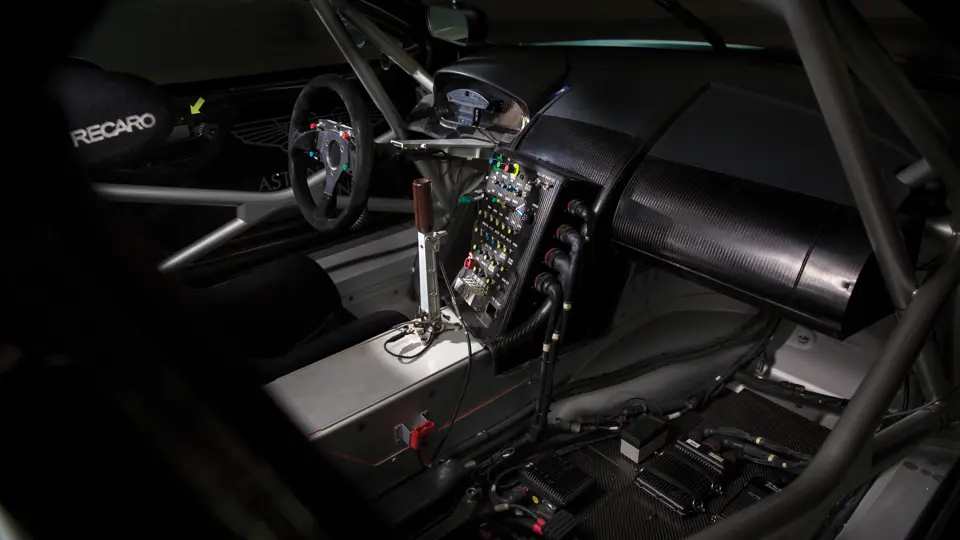

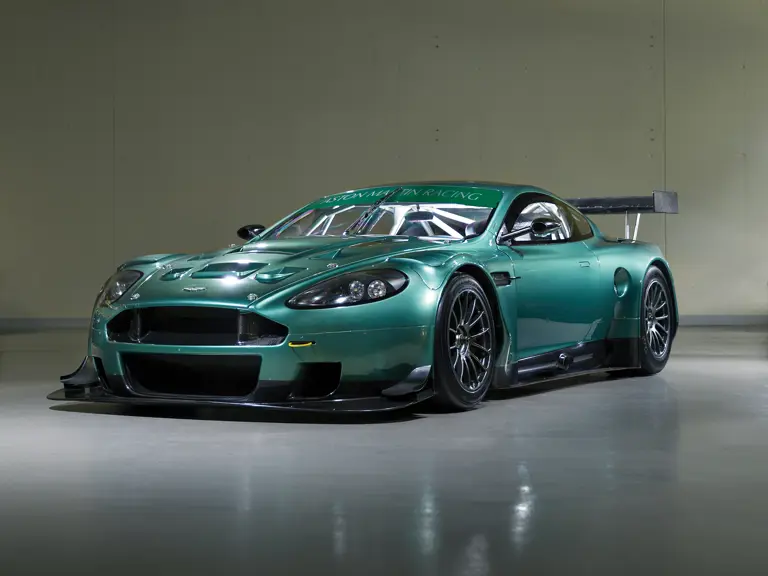

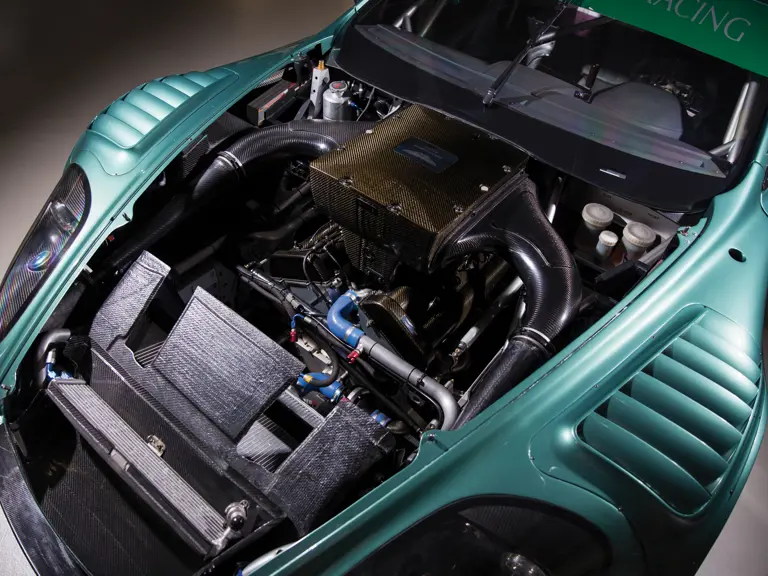



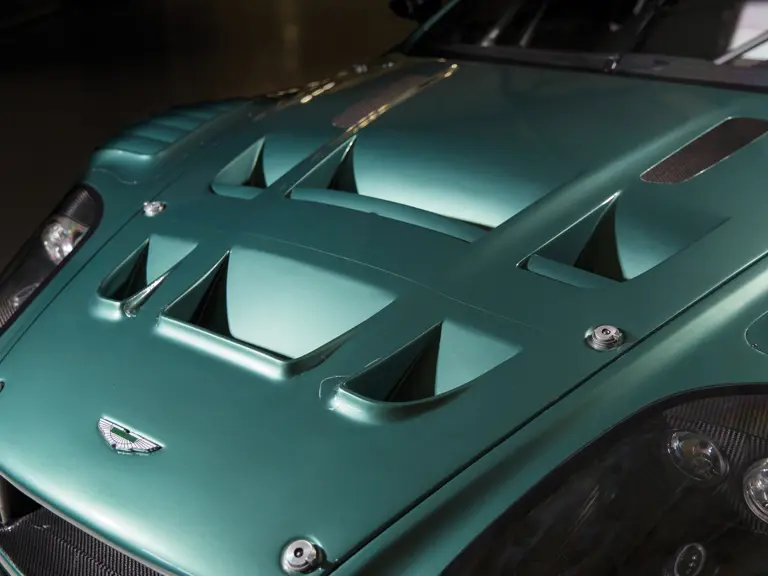

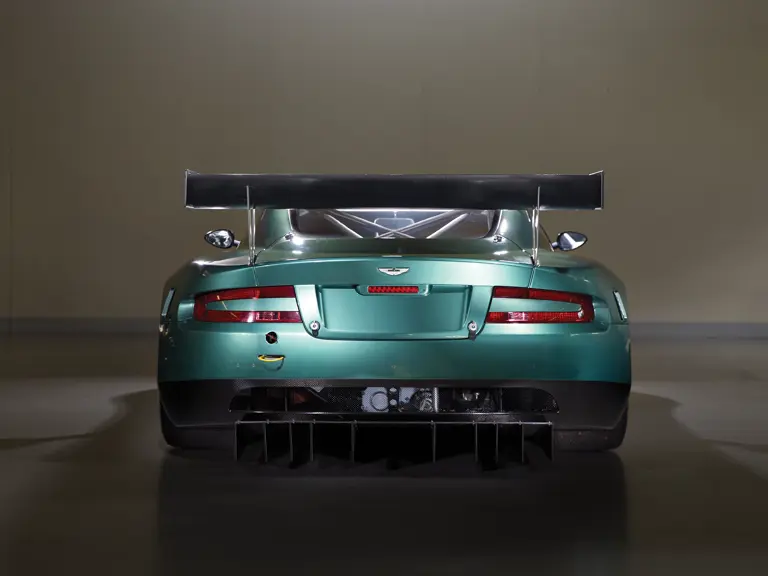
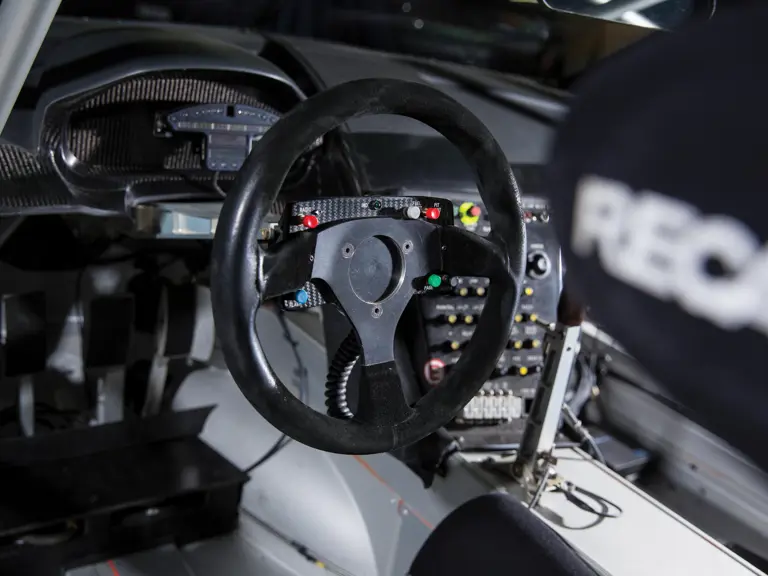



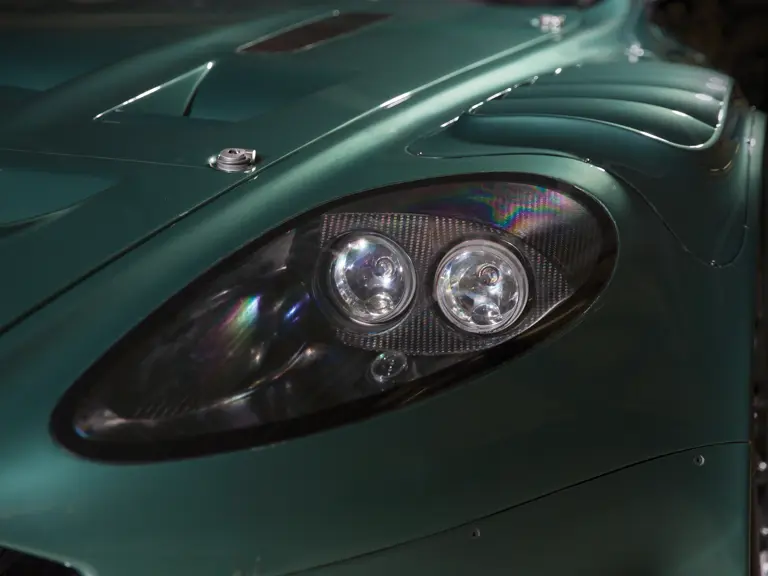


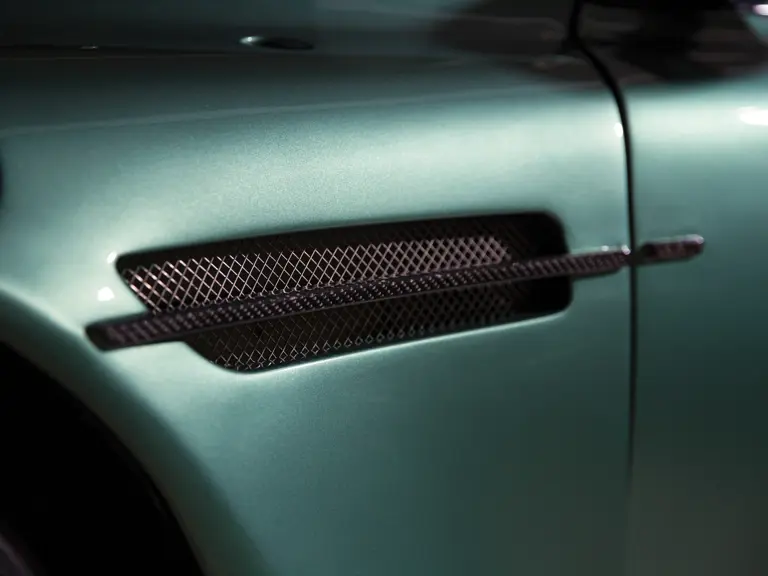
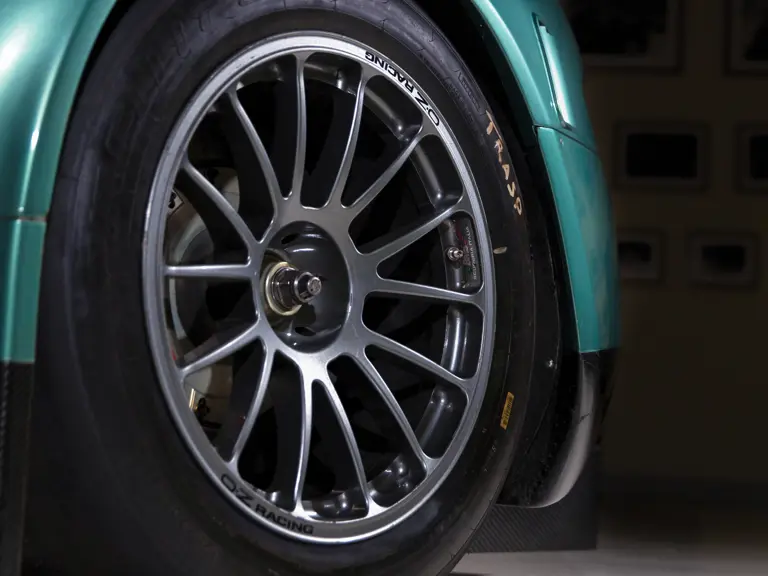

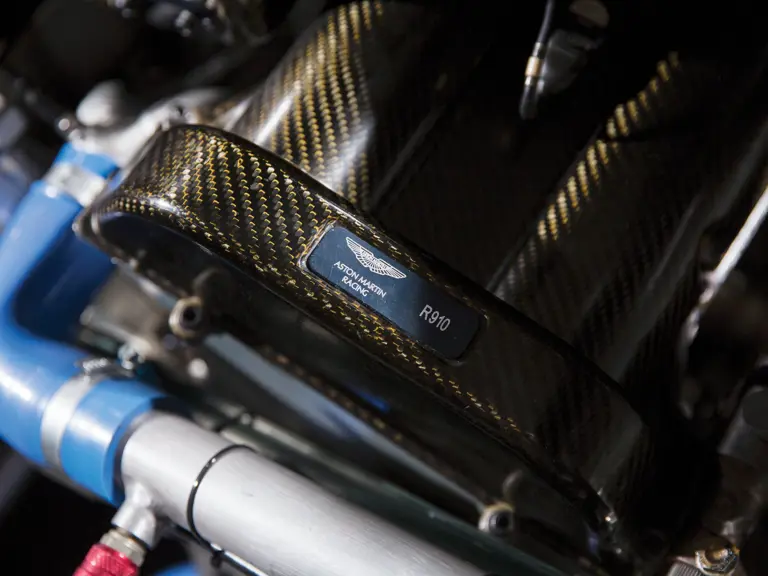


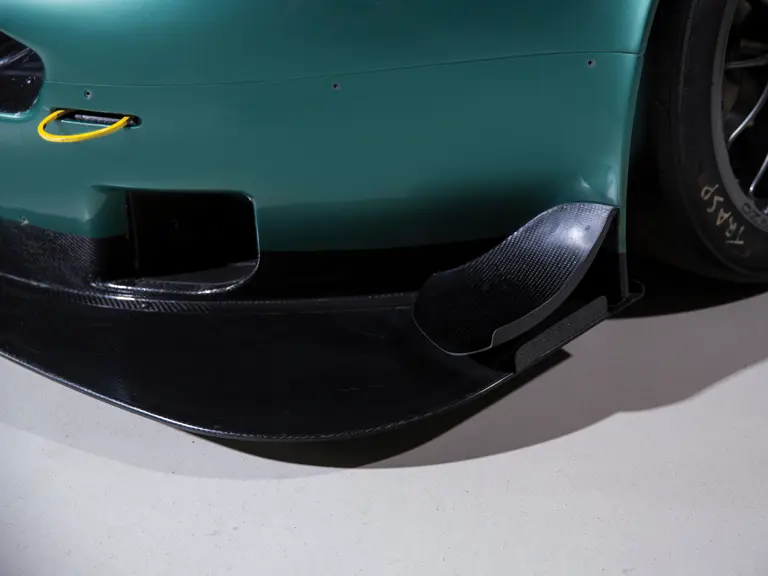
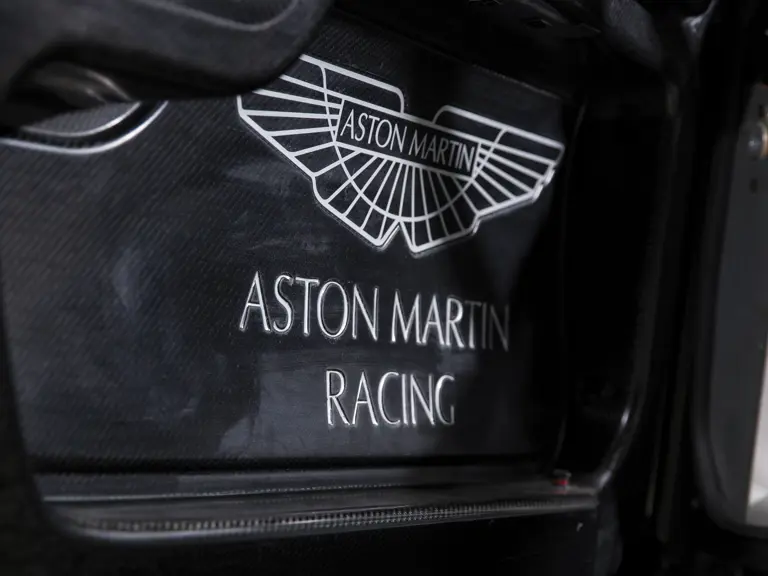

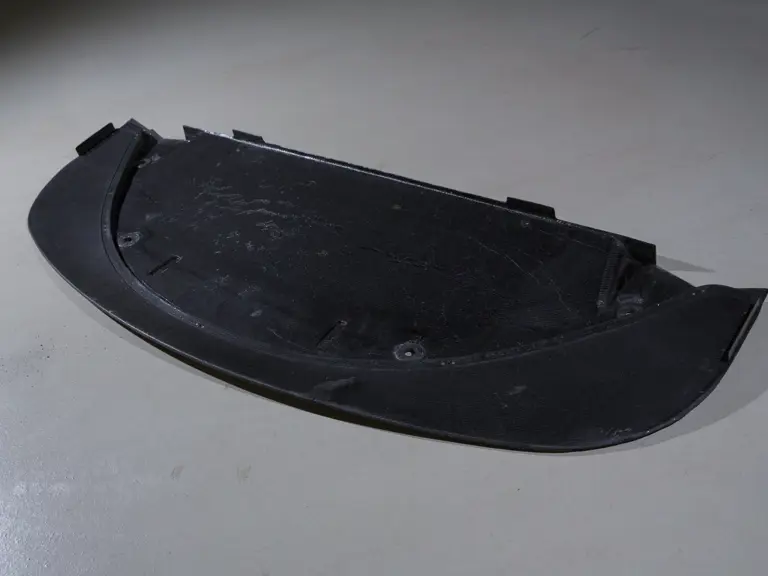
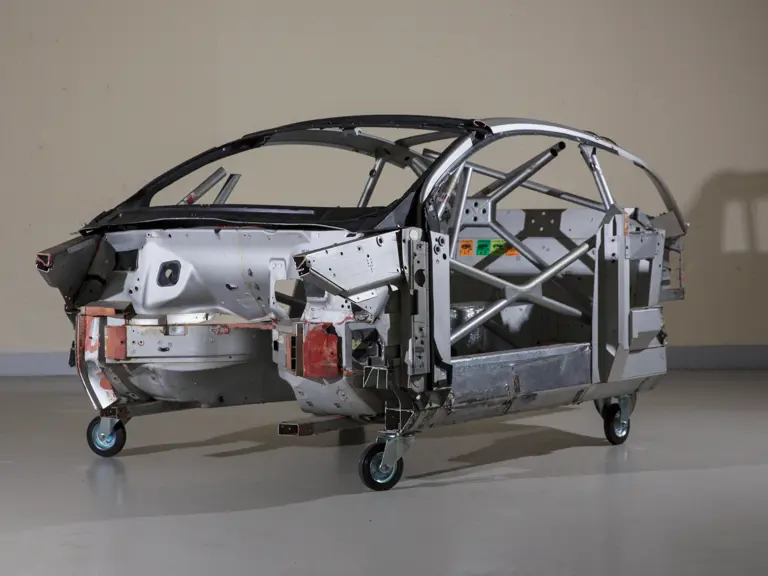
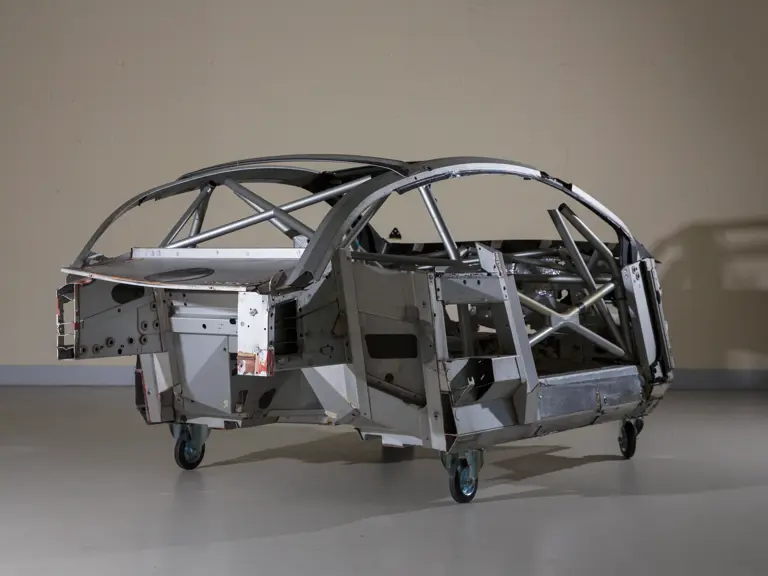

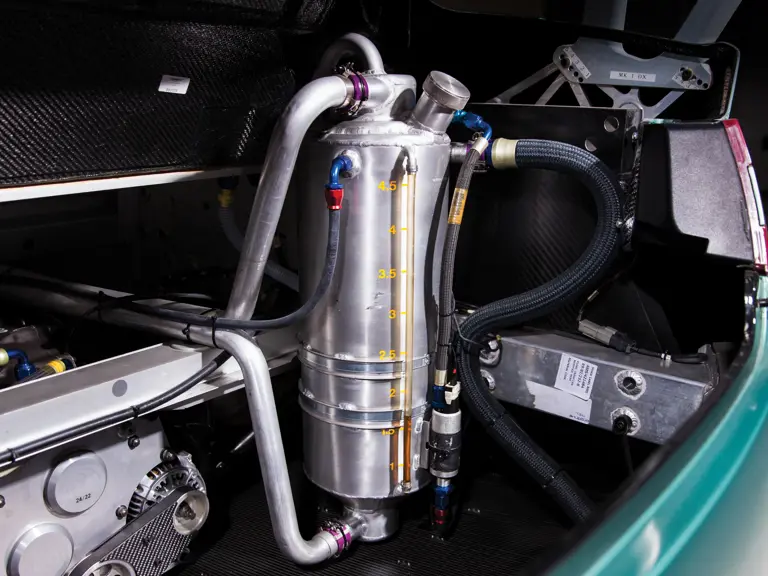



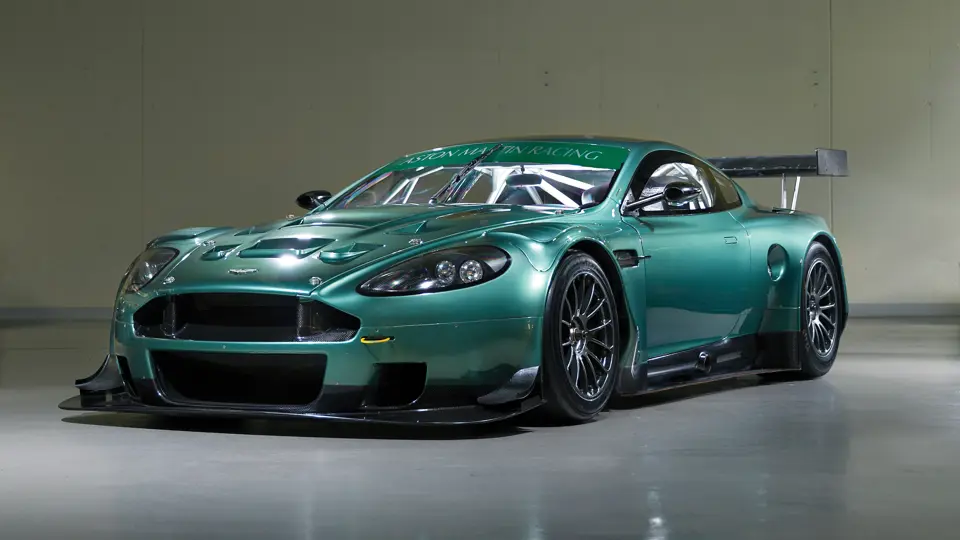
 | Monterey, California
| Monterey, California
